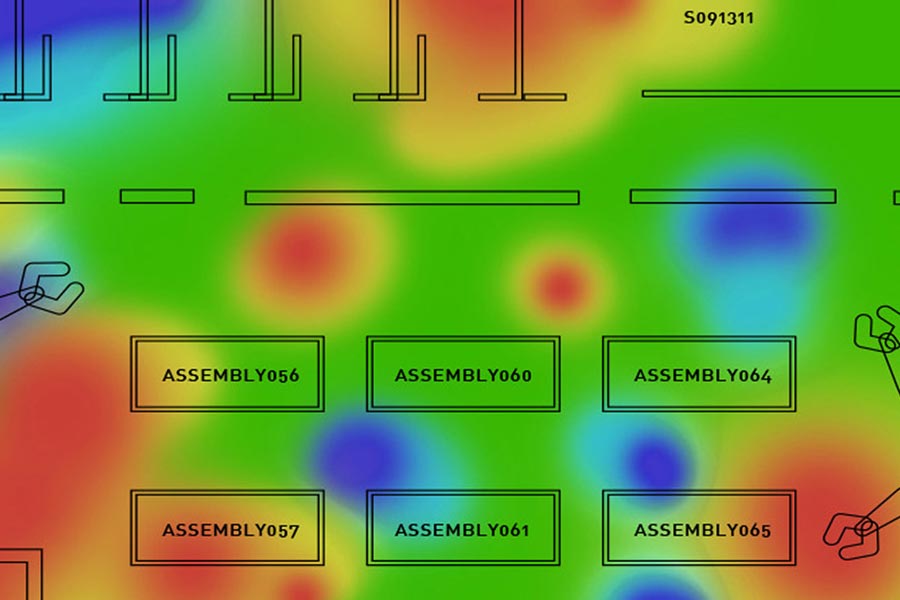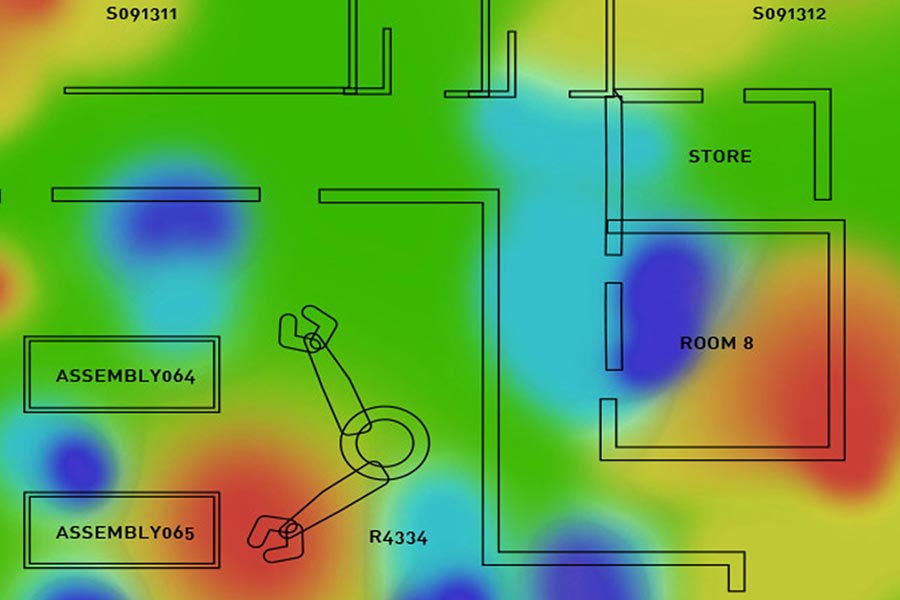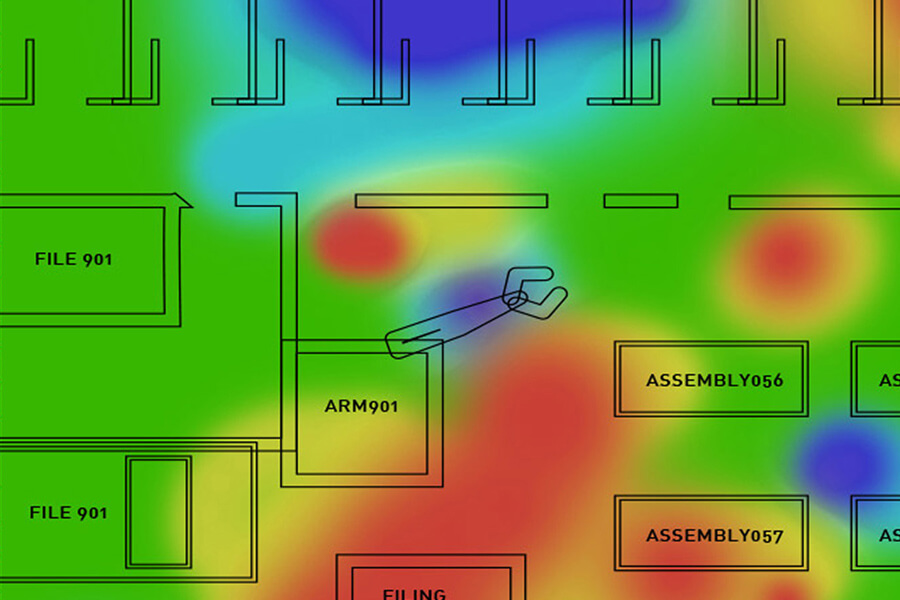The Challenge
Organisations with assets or critical processes that rely on radio signalling can range from international airports and power stations to office blocks. This requires constant monitoring for radio interference threats, and responding effectively to them when they occur.
Monitoring the radio spectrum for interference poses a range of challenges. There is the need to monitor a large amount of bandwidth in the electromagnetic spectrum concurrently, driving the need for complex receiver hardware with wide instantaneous bandwidths as well as a capability to process large volumes of data in real time.
Another key challenge is the wide geographic areas that need coverage. This ideally requires a dense network of receivers to identify and locate signals in amongst wanted signals. The need to have a distributed population of complex receivers has previously been unexplored, primarily due to the cost of hardware and the burden of deploying the infrastructure.


The Approach
Over recent years, the cost of small Software Defined Radio (SDR) platforms has been falling whilst their capability has improved. These technical advances allowed Plextek to redefine the trade-offs in spectrum monitoring to create a network of low cost sensor nodes.
Angle of arrival techniques were implemented using phase locked dual channel SDRs allowing better performance than a simple power of arrival based system, which struggles to locate devises not surrounded by SDR nodes.
Signal processing was implemented to allow the SDR deployment to cooperate as a collective, reducing detection false alarms and allowing better localisation in a multi-path rich environment.
The Approach
Over recent years, the cost of small Software Defined Radio (SDR) platforms has been falling whilst their capability has improved. These technical advances allowed Plextek to redefine the trade-offs in spectrum monitoring to create a network of low cost sensor nodes.
Angle of arrival techniques were implemented using phase locked dual channel SDRs allowing better performance than a simple power of arrival based system, which struggles to locate devises not surrounded by SDR nodes.
Signal processing was implemented to allow the SDR deployment to cooperate as a collective, reducing detection false alarms and allowing better localisation in a multi-path rich environment.

The Outcome
Plextek have demonstrated that a network of distributed low cost devices can provide a wider coverage and better detection of lower amplitude threats across a site with complex propagation characteristics than traditional single sensor systems.
Plextek’s distributed spectrum monitoring system is a new and powerful platform for monitoring interference issues at high value sites.



